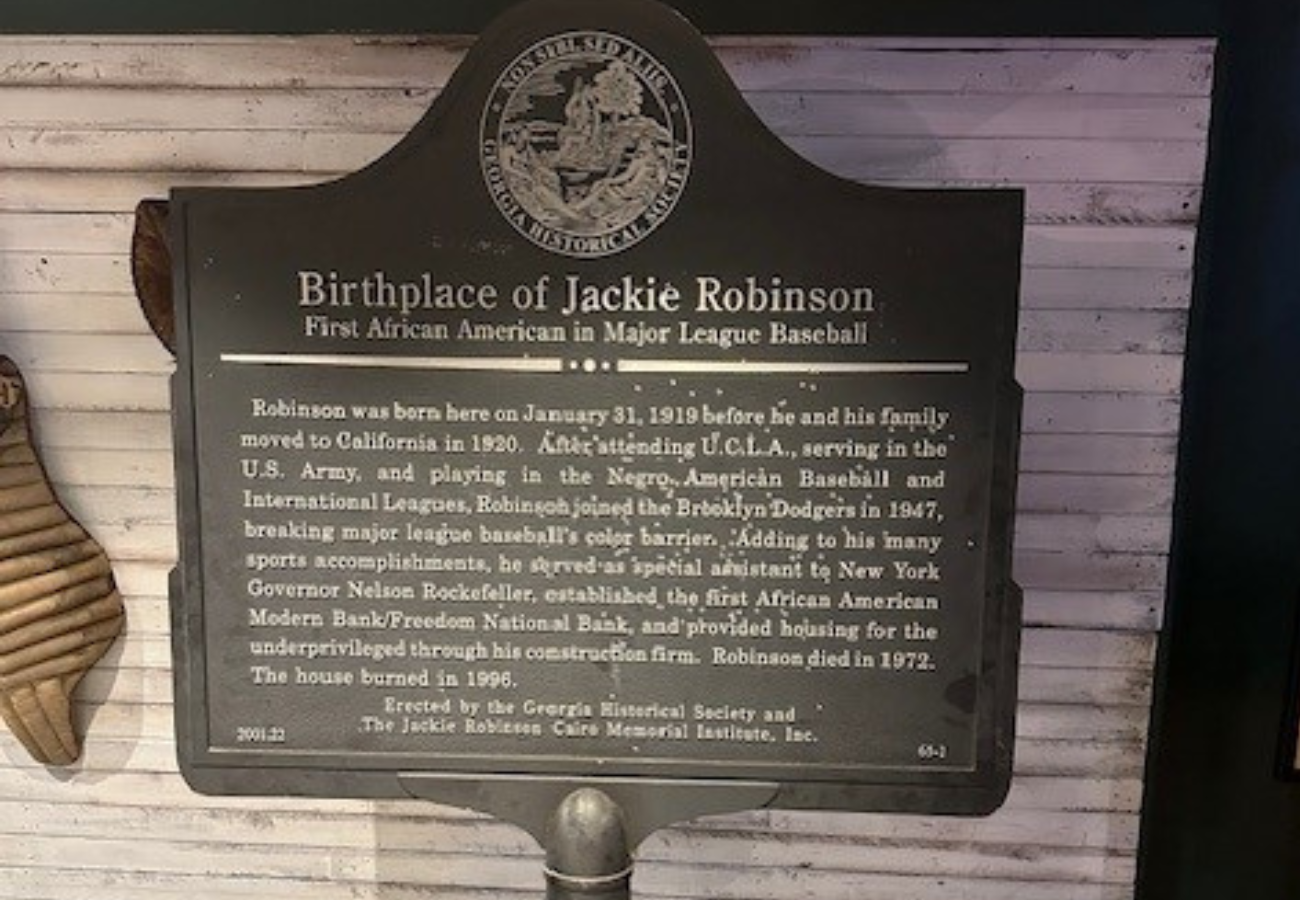Breaking Barriers
One of the most crucial lessons from professional sports is the importance of breaking down barriers to entry for underrepresented groups. Initiatives like the Rooney Rule in the NFL, which requires teams to interview minority candidates for head coaching jobs, have been pivotal. The insurance industry can adopt similar practices to ensure a diverse pool of candidates.
Breaking barriers involves more than just opening doors; it requires creating an environment where diverse individuals can thrive. In professional sports, teams have implemented programs and policies to support the development and advancement of minority athletes and coaches. For example, the NBA’s Diversity and Inclusion Initiative aims to increase the representation of women and people of color in coaching, refereeing, and front-office positions.
The insurance industry can take a page from this playbook by implementing policies and programs that actively promote diversity and inclusion. This could include mandatory diversity training, mentorship programs for underrepresented groups, and setting diversity targets for hiring and promotions. By breaking down barriers and creating a supportive environment, the insurance industry can attract and retain a more diverse workforce.
Leadership and Advocacy
Leadership plays a vital role in fostering an inclusive environment. Sports figures like coaches and team owners have championed diversity, setting an example for others. Leaders in the insurance industry must also advocate for inclusivity, promoting policies that support diverse hiring and advancement.
In professional sports, leaders who champion diversity and inclusion set the tone for their organizations. Coaches like Gregg Popovich of the San Antonio Spurs and Steve Kerr of the Golden State Warriors have been vocal advocates for social justice and equality. Their leadership has not only fostered a culture of inclusivity within their teams but also influenced the broader sports community.
Similarly, leaders in the insurance industry must take a proactive role in promoting diversity and inclusion. This involves more than just setting policies; it requires leading by example and demonstrating a genuine commitment to creating a diverse and inclusive workplace. Leaders can advocate for diversity by participating in industry-wide initiatives, speaking out on social issues, and actively supporting the development and advancement of underrepresented employees.
Mentorship and Support Systems
Mentorship significantly impacts the development of diverse talent. Programs in sports, such as the NBA’s rookie mentorship, provide support and guidance to new players. The insurance industry can implement similar mentorship programs to nurture and retain diverse talent.
Mentorship programs in professional sports have proven to be highly effective in developing young talent. The NBA’s rookie mentorship program pairs new players with experienced veterans who provide guidance, support, and advice on navigating the challenges of professional sports. This mentorship helps rookies acclimate to the league, develop their skills, and reach their full potential.
The insurance industry can benefit from implementing similar mentorship programs. Pairing new hires with experienced mentors can provide valuable support and guidance, helping them navigate the complexities of the industry and advance their careers. Mentorship programs can also foster a sense of belonging and inclusion, which is crucial for retaining diverse talent.
Community and Representation
Community support and representation at all levels are crucial. Seeing diverse leaders and players in sports inspires future generations and fosters a sense of belonging. The insurance industry should strive for representation across all levels, from entry-level positions to executive roles.
Representation matters. In professional sports, seeing athletes and leaders from diverse backgrounds inspires future generations and fosters a sense of belonging. Young fans who see players and coaches who look like them are more likely to aspire to similar roles and believe that they can achieve success.
The insurance industry must prioritize representation at all levels. This means not only hiring diverse talent but also ensuring that they have opportunities for advancement and leadership roles. By promoting diverse leaders and showcasing their success, the industry can inspire future generations and create a more inclusive and equitable workplace.
Continuous Efforts and Accountability
Promoting diversity requires ongoing efforts and accountability. Sports teams maintain diversity and inclusion initiatives through regular training, policy updates, and measurable goals. The insurance industry must also set and track diversity goals, ensuring continuous improvement.
Diversity and inclusion are not one-time initiatives; they require continuous effort and accountability. In professional sports, teams regularly update their diversity and inclusion policies, conduct training sessions, and set measurable goals to track progress. These efforts ensure that diversity remains a priority and that progress is continually made.
The insurance industry must adopt a similar approach. This involves setting clear diversity goals, regularly reviewing and updating policies, and conducting ongoing training and education. By holding themselves accountable and continuously striving for improvement, insurance companies can create a more inclusive and equitable workplace.











Responses